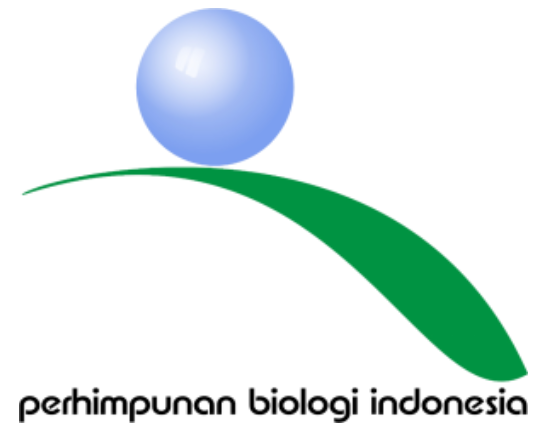PHENETIC DIVERSITY OF CELLULASE-PRODUCING BACTERIA FROM WANA TIRTA KULON PROGO MANGROVE FOREST
DOI:
https://doi.org/10.21831/ijobi.v1i1.114Keywords:
cellulase-producing bacteria, phenetic characters, kinship analysisAbstract
Mangrove is an ecosystem that have important value for the environment and are a source of cellulase-producing microorganism biomass. The purpose of this study was to determine the characteristics and types, as well as the highest cellulase enzyme activity from cellulase-producing bacteria found in Wana Tirta Mangrove Forest, Jangkaran, Kulon Progo.
This research is a descriptive-exploratory research. Sampling in the form of litter, mud and water was carried out in the Wana Tirta Kulon Mangrove Forest which was divided into 3 plots. This sample is then isolated on selective media in the form of Carboxymethyl cellulose (CMC) In order to grow cellulolytic bacteria. The bacteria obtained are then purified and phenetic characterization. The data obtained were used to classify the bacterial isolates using MVSP identification software (Multivariate Statistical Package) 3.1 with UPGMA clustering algorithm (Unweight Pair Group Method With Arithmatic Averages) then the result is presented in the form of a dendogram.
Result Research shows as many as 17 isolates of cellulolytic bacteria were obtained. There were 4 bacterial isolates from litter samples, 1 bacterial isolate from water samples and 12 bacterial isolates from mud samples. After being made in the form of a dendogram, 19 bacterial clusters were obtained. A total of 6 bacterial isolates had a similarity index of ≥ 72% against Bacillus pumilus namely isolates S1A 2, S2A, AL 3, AP 3, AP 6 and AP 17, 4 bacterial isolates have a similarity index of ≥ 70% to Bacillus stearothermophyllus namely AP 22, AP 24, AP 25, and AP 26 isolates. As well as 7 bacterial isolates have a similarity index of ≥ 77% against Streptomyces Sp. namely isolates S1A 1, S3B, AP 8, AP 9, AP 14, AP 20 and AP 27.The highest cellulase enzyme activity occurred in AP 14 bacterial isolate of 286.72 U / ml.
Downloads
Downloads
Published
Issue
Section
License
Copyright (c) 2023 Indonesian Journal of Bioscience (IJOBI)

This work is licensed under a Creative Commons Attribution-NonCommercial-ShareAlike 4.0 International License.




















